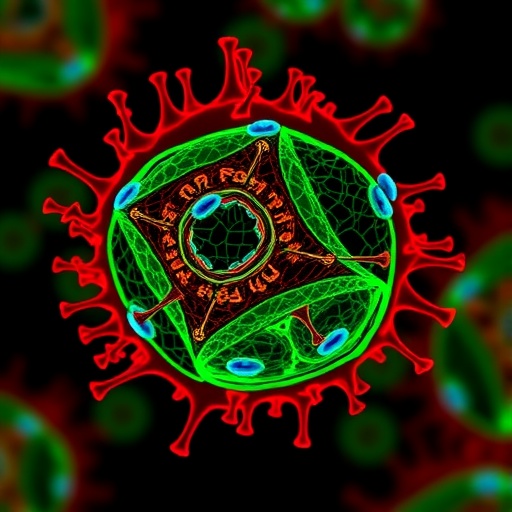The human body is made up of trillions of cells, microscopic computers that carry out complex behaviors according to the signals they receive from each other and their environment. Synthetic biologists engineer living cells to control how they behave by converting their genes into programmable circuits. A new study published by Assistant Professor Wilson Wong (BME) in Nature Biotechnology outlines a new simplified platform to target and program mammalian cells as genetic circuits, even complex ones, more quickly and efficiently.
"The problem synthetic biologists are trying to solve is how we ask cells to make decisions and try to design a strategy to make the decision we want it to," said Wong. "With these circuits, we took a completely different design approach and have created a framework for researchers to target specific cell types and make them perform different types of computations, which will be useful for developing new methods for tissue engineering, stem cell research and diagnostic applications, just to name a few."
Historically, engineered genetic circuits were inspired by circuit design in electronics, following a similar approach using transcription factors, proteins that induce DNA conversion to RNA, which is tricky to work with because it's hard to predict an entirely new strand of genetic code. Mammalian cells are especially tricky to work with because they are a much more variable environment and express highly complex behaviors, rendering the electronics approach to circuit design time consuming at best and unreliable at worst.
Wong's approach uses DNA recombinases, enzymes that cut and paste pieces of DNA sequences, allowing for more targeted manipulation of cells and their behavior. The result is a platform named "BLADE," or "Boolean logic and arithmetic through DNA excision," referring to the computer language the cells are programmed with and the computations they can be programmed to carry out. BLADE will allow researchers to use different signals, or inputs, in one streamlined device to control the outputs, or behaviors, of the cells they target.
"The idea was to build a system simple and flexible enough that it can be customized in the field to get any desired outcome using one simple design, instead of having to rebuild and retry a new design every time," said Benjamin Weinberg, graduate student in Wong's laboratory and first author on the paper. "Essentially, with BLADE, you can implement any combination of computations you want in mammalian cells. For this particular paper, we might not have built the particular behavior you need, but we wanted to illustrate that using BLADE, you should be able to build the circuit you need to fulfill the behavior you are looking for."
The paper published in Nature Biotechnology outlines over one hundred examples of circuits that were successfully built using the BLADE platform. Weinberg noted that the researchers intentionally built complex circuits with complicated functions to illustrate the possibilities using their design, including some that program human cells to add or subtract numbers. He uploaded the design plans to an open-source online repository so that other researchers could begin downloading the tools to use in their projects immediately. Weinberg will continue to refine the technology and incorporate into a software program to make it even easier to use, while Wong plans on using the platform to explore medical diagnostic applications.
"Before BLADE, any one of these circuits would have taken several years to build and make functional and then you would have to use trial-and-error to make it work the way you want it to," said Wong. "I have been doing synthetic biology research for 15 years and I've never seen such a complex circuits work on the first try like with this platform. We're excited to get it out there so people can start using it, and we're excited to see what they come up with."
###
Media Contact
Wilson Wong
[email protected]
617-358-6958
############
Story Source: Materials provided by Scienmag



